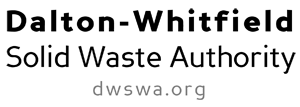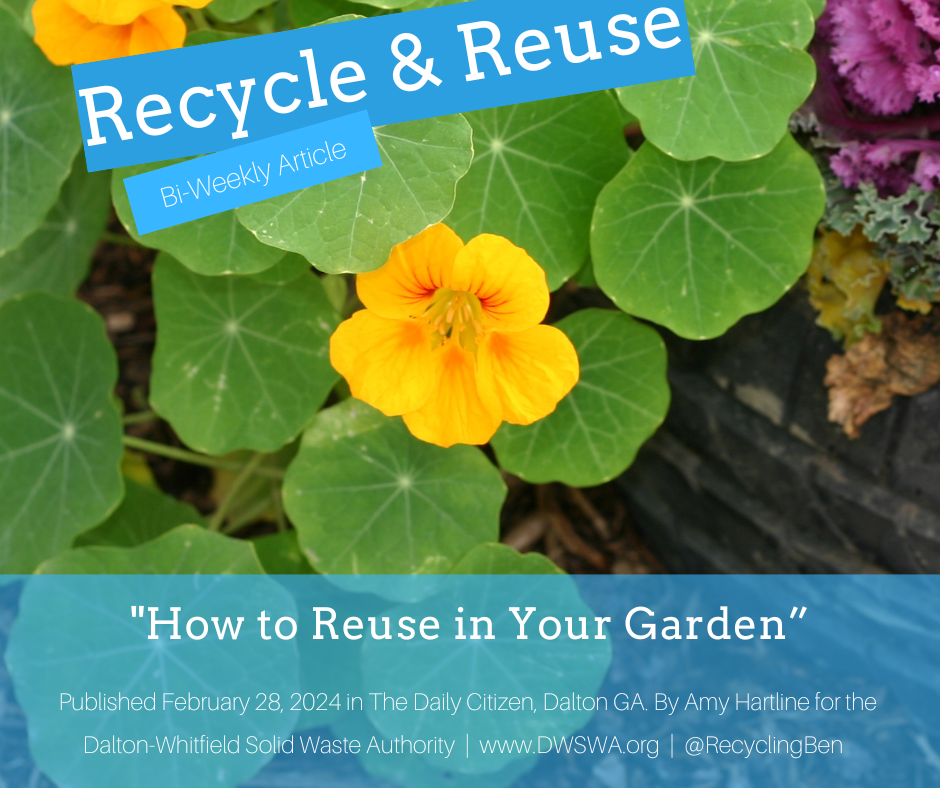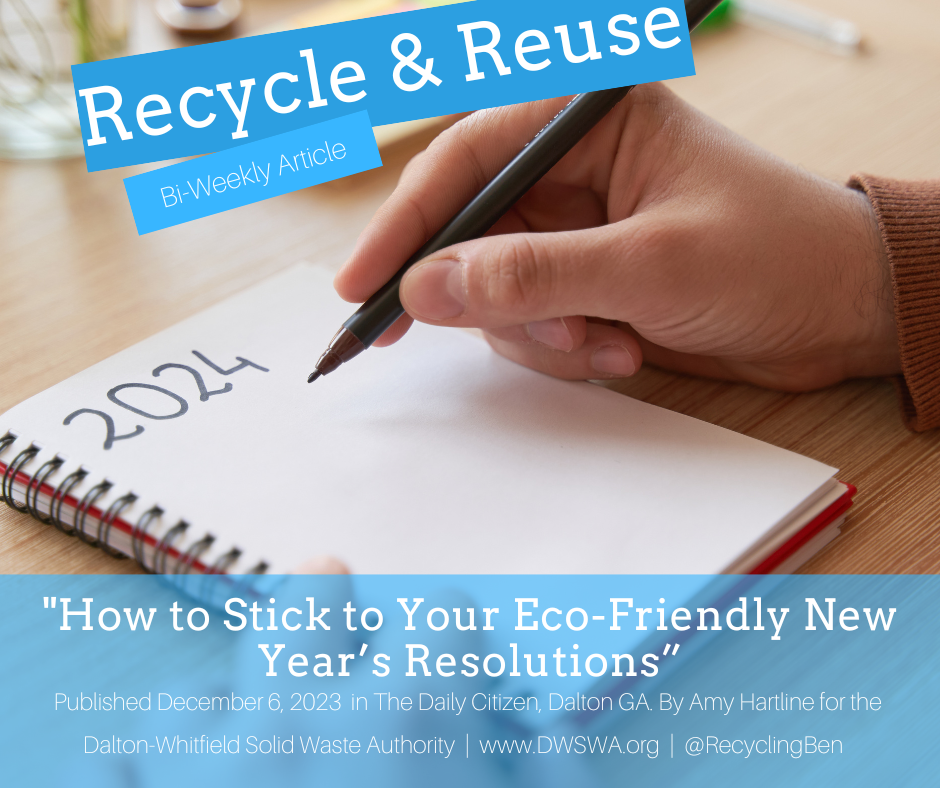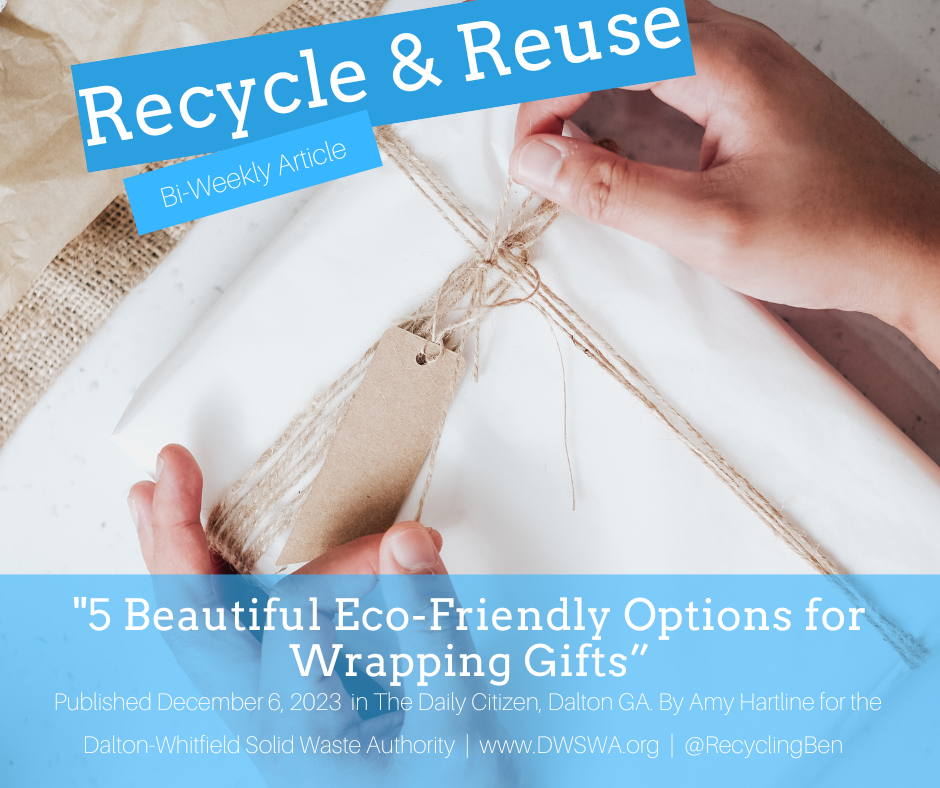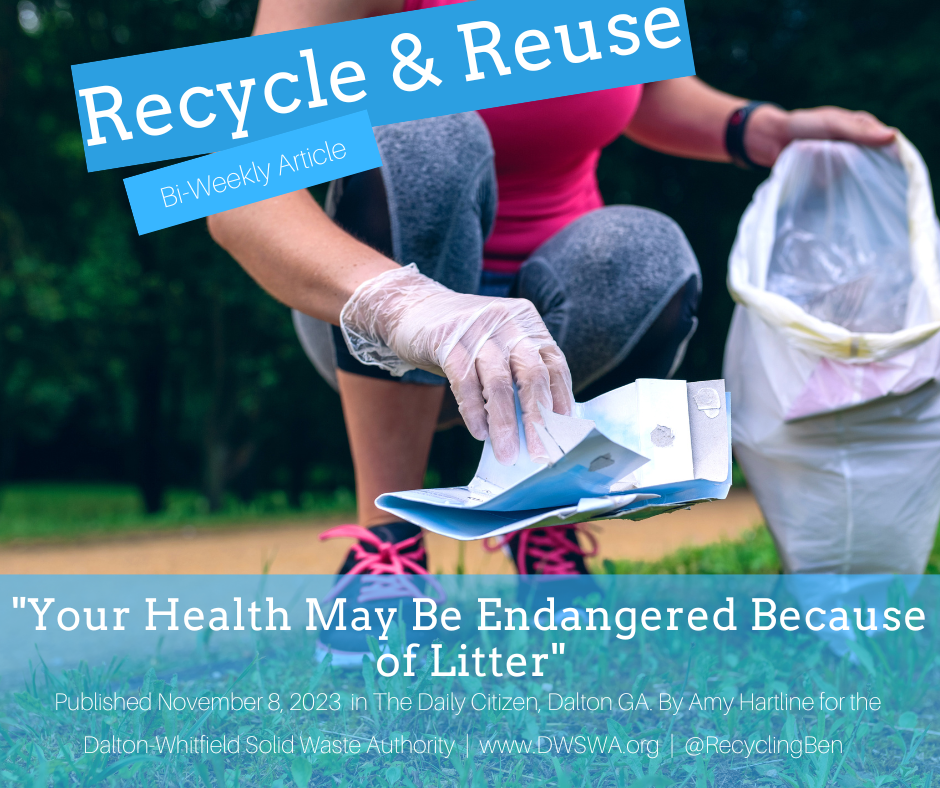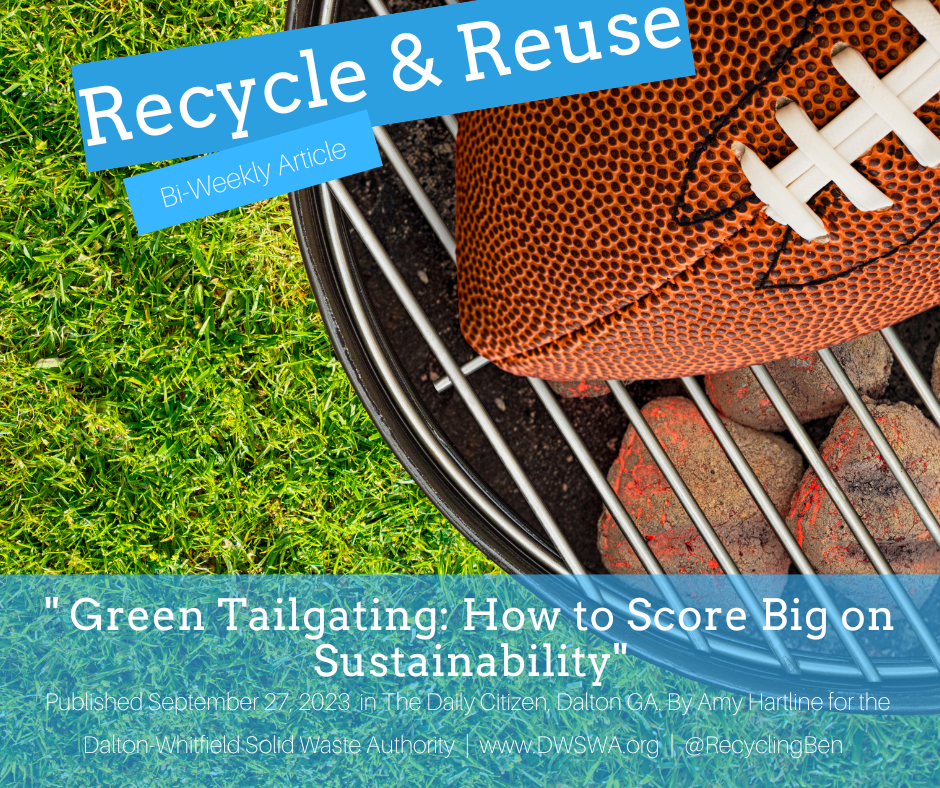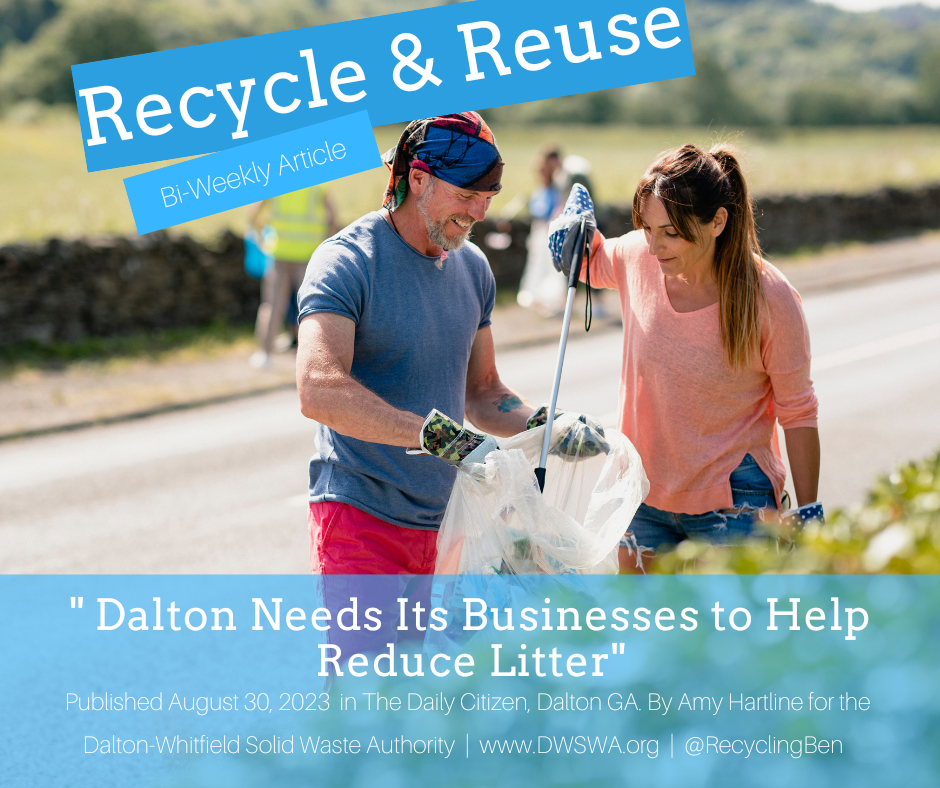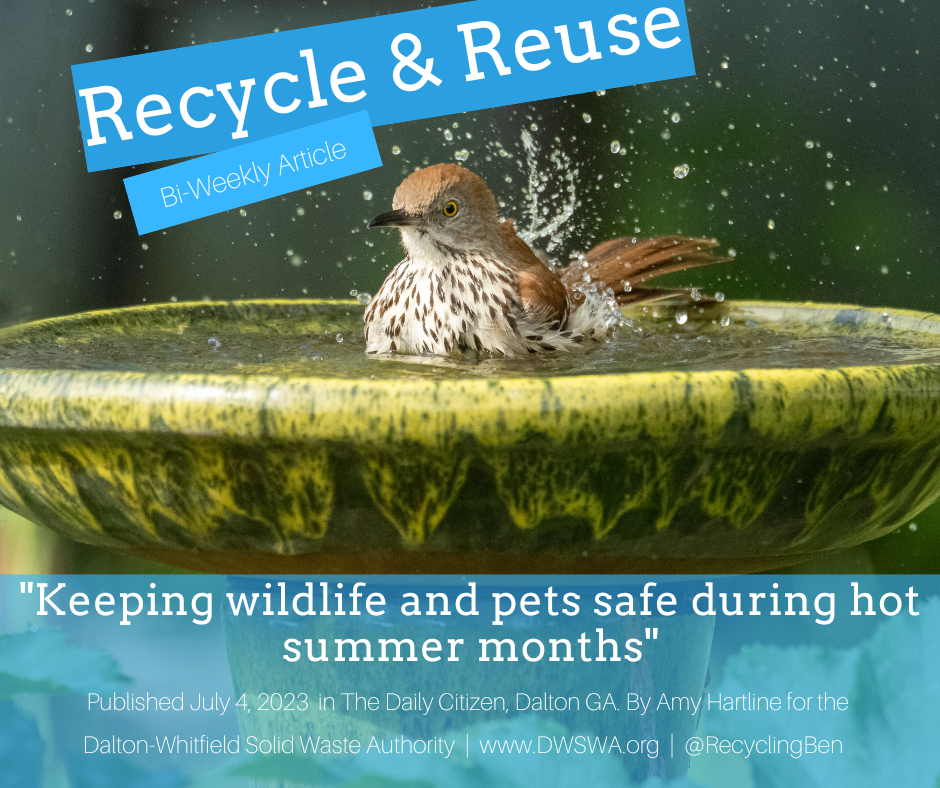Four Reused Containers for Starting Your Seeds
/It is almost that time of year! The time to start sewing those seeds. While we still have weeks to go before, we can sow seeds directly outdoors, those of us who are starting them indoors are beginning work on that now.
While you can buy seed starting trays and pots, it can save you a trip to the gardening store and keep more plastic waste out of landfills if you make your own. There are multiple options for making your own seed starting trays. Some of these can even planted straight into the ground!
One of the most common items that people reuse to start seeds are egg cartons. Make sure you are using paperboard ones and not Styrofoam for this project though. The small compartments are perfect for placing seeds and mimic the sizes you will see with store-bought seed starters. All you need to do is fill each compartment with seed starting soil and plant a seed in each one. When the seedlings are ready to transplant, you can simply cut apart the individual compartments and plant them directly in the ground. Eventually the paperboard will decompose leaving you with only soil in that spot.
If you are worried about the egg carton degrading quickly enough, you can use an even thinner paper. The one you may be reading this on right now! Newspaper can be very useful for seed starting. First you will need to create a mold using a jar or can. Start by wrapping the newspaper around the jar, leaving a few inches of paper at the bottom to fold over. Press the paper into the mold and fold the bottom over to create a bottom. Lift out your newspaper gently and then fill it with soil and plant your seeds. Once the seedlings are ready to transplant, you can either plant the entire pot in the ground or remove the newspaper and plant the seedling directly.
For sturdier seedlings, you can use various old plastic containers. You can use anything from takeout containers to plastic cups. Simply poke some drainage holes in the bottom using a thumbtack or small drill bit and then fill and plant. To take this a step further use a tray, cake pan, or large lid that can be filled with an inch of water and place your seedling containers on this. Cover it with plastic wrap and you will have created a perfect, humid environment for your seeds to thrive in. This also creates less risk of you disturbing your seeds when you water them. When your seedlings are ready to plant gently remove them touching the roots as little as possible, and place them in their new home.
By far, my favorite way to start seedlings is in their own mini-greenhouses. To create these use clear milk or water jugs. Cut the jug open a few inches away from the bottom and poke small holes in the bottom. Fill the bottom in with soil, plant your seeds, and water the soil. Then, use duct tape to tape the seam closed and use a marker to write your seed type on the outside. I also like to add in the dates of expected germination so that I can easily note if something is taking too long. I’ve even been able to use this method to start seedlings outdoors weeks before the last frost date with good success.
The biggest keys to starting your seedlings that will apply to all of these methods is making sure these get enough light whether it is through sunlight or, the much more reliable method, grow lights. Grow lights have come down significantly in cost in recent years and you can now get screw in bulbs for under ten dollars. The investment will make sure your seeds get a strong start to growing. You will also want to make sure you use a seed starting mix which can be bought or homemade. Regular potting soil makes a very difficult environment for new seeds to grow in.
With minimal supplies, you can set your eyes on spring this week with seed starting! If you are new to reusing or even new to starting seeds, this is a great way to begin and see the benefits it gives you and the planet. We can save time, money, and natural resources by using our own easy to make seed containers.
